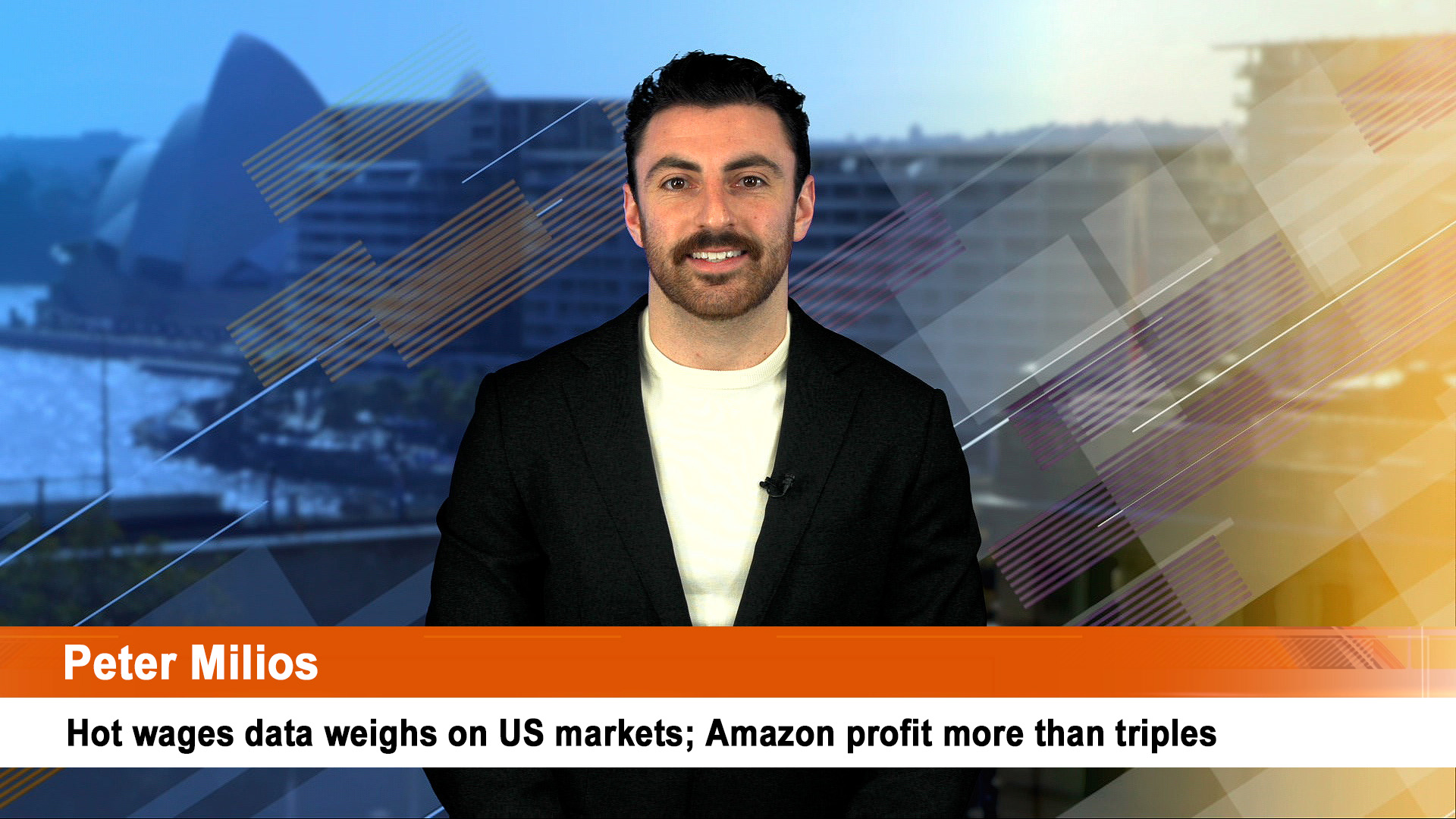Just like rival Santos, Woodside Energy more than tripled full-year net profit for 2022 thanks to the impact of the Russian invasion of Ukraine a year ago and the added capacity from a merger – in this case last June’s takeover of BHP’s petroleum business.
Santos bought Oil Search and boosted its performance, especially in LNG and lifted annual dividend – so did Woodside.
Woodside’s core net profit, or underlying net earnings – the figure most closely watched by the market – jumped to $US5.23 billion in the year ended December 31, up 223% from 2021 but just shy of the market consensus.
Investors didn’t worry about that and pushed the shares up 1.5% to $35.13 which probably had more to do with the small gain in oil prices late last week and not the larger losses in the past fortnight or so.
Woodside said annual revenue more than doubled to $US16.82 billion, from $US6.96 billion in 2021 (which was without the contribution from BHP and the impact of the oil and gas price surge after the Russian invasion of Ukraine)
Woodside declared a final dividend of $US1.44 per share, up from $US1.05 per share at the same time last year. The full-year payout to shareholders totalled $US2.53 per share, up 87% over 2021 (which was very understandable).
CEO Meg O’Neill described 2022 as “momentous” for the company, pointing to the deal with BHP, where Woodside said it is delivering the targeted $US400 million in cost savings ahead of schedule.
Looking to 2023, Ms O’Neill said Woodside expects further progress on growth projects, including the Trion oil project in Mexico that came with the BHP deal.
She said Woodside is also preparing to take a final investment decision on its hydrogen plant in the US state of Oklahoma, which would be the first major project sanctioned under its commitment to invest $US5 billion in “new energy” and low-carbon products by 2030.
“Throughout the year we took steps to maximize our exposure to favourable prices, expanding our global marketing presence and increasing trading activities,” said Ms O’Neill. “Our exposure to gas hub pricing for produced LNG sales was 23%.”
Woodside is also advancing a raft of new projects, led by the Scarborough and Pluto Train 2 development off the NW coast of WA and Timor Sea that aims to ship its maiden cargo of liquefied natural gas in 2026.
Across its portfolio, the company’s output had an average realised price of US$98.4 per barrel of oil equivalent in 2022, up 63% compared with 2021.
Rising prices coincided with Woodside’s output expanding significantly as a result of the BHP deal. Woodside produced 157.7 million barrels of oil equivalent in the December year, beating prior guidance.
Woodside expects output to rise again in 2023, with management on Monday reaffirming a target of 180 million-190 million BOE.













